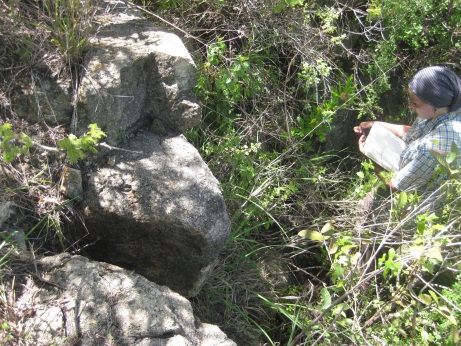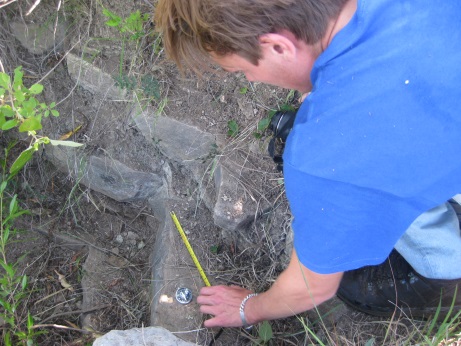Research project
Water Management in Ancient Mexico: Archaeological Heritage and Sustainable Development
This project investigates ancient water management of streams, springs and runoffs on the archaeological site of Monte Albán, Mexico, as a means to contribute with different stakeholders in the development of sustainable solutions to water problems today such as floods and scarcity.
- Partners
MAP Urban Strategies
Stichting Deltares NL
Research question
- How did people in the ancient city of Monte Albán use and control water from springs, streams and runoffs from the hill?
- Were they able to retain rain-water in the landscape?
- What was the worldview and religion surrounding water among the ancient inhabitants of Monte Albán?
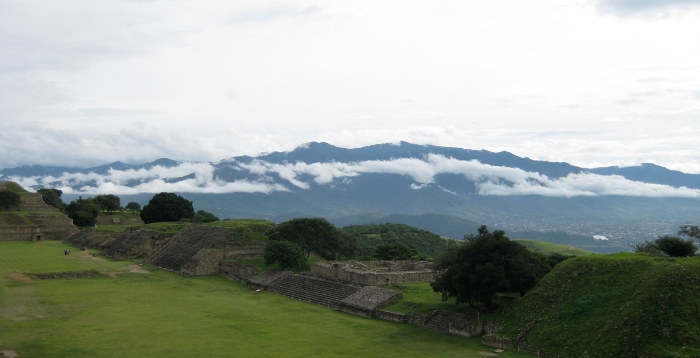
Project description
This project investigates ancient water management of streams, springs and runoffs. From a cultural heritage perspective, this research attempts to understand the interactions between society and its landscape. It takes as a case study the archaeological site of Monte Albán, Mexico, considered the earliest urban centre of Mesoamerica (founded in 500 BC) and a UNESCO World Heritage Site. The main objective is to recover the way people in the past used rain and lived next to water sources as a means to contribute to the current concern of developing sustainable solutions to water problems today, in particular combating floods and scarcity. This concern involves stakeholders, such as water technology engineers and scientists, urbanists, archaeologists, local authorities, environmentalists and citizens.
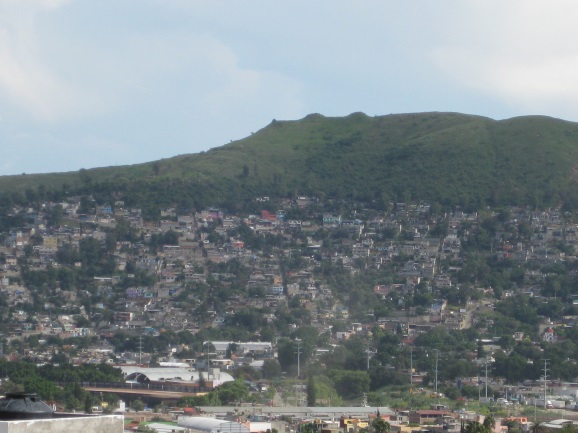
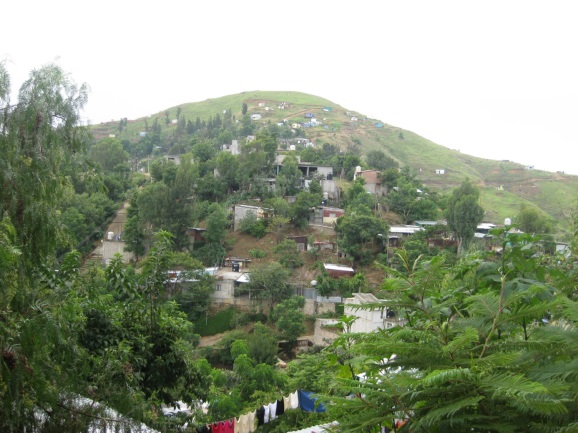
Although Monte Albán has been intensively studied, previous work has overlooked the presence of water, as well as the use of rain as a strategy for obtaining water. The focusof this project is on several streams, springs and runoffs that go through numerous terraced fields at the site. An archaeological survey can document the ancient hydrological technology that controlled these running waters. Geographical Information Systems, watershed analysis and hydrologic modelling will help to examine how the water travelled through the landscape, where and how it could have been obtained, and how sustainable this system was. Additional information is to be found in the archaeological, historical and ethnographical sources that tell of the worldview and religion surrounding Monte Albán’s main deity, Cociyo, god of Lightning and Rain-storms. Contemporary data from indigenous communities (mainly Zapotec), where people have made use of streams, springs and the water table for centuries, will also nourish a better view of how people live and interact with sources of water.
